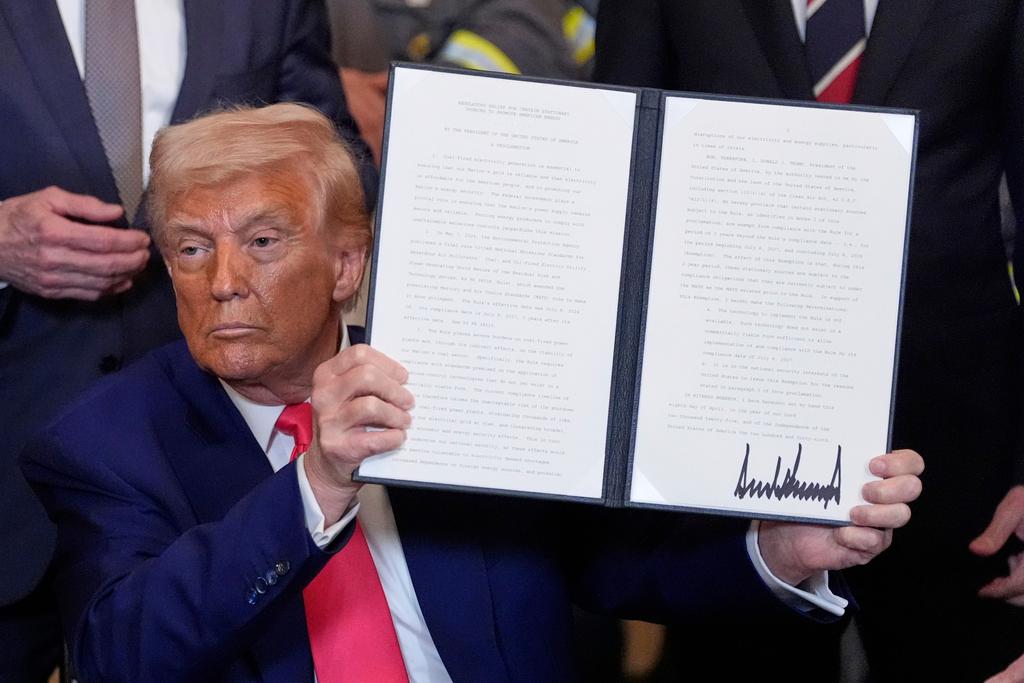Coloradans can to load their plates with local food and their pints with local beer. Now something else is going local too -- their cocktails. CPR’s Megan Verlee reports on the growing number of craft distilleries.
___________________
Walk into Mondo Vino, a liquor store in Denver's Highlands neighborhood and you're not likely to recognize many of the bottles on the liquor shelves. Here Jack Daniels and Absolut take a back seat. Instead, employee Matthew Burger shows off rows of small-batch spirits, many with homegrown pedigrees.
BURGER: Leopold Brothers. They’re based just in eastern Denver, they make a wide array of whiskeys, they do a fantastic selection of cordials, vokda..."
Burger says Denver drinkers have long demanded variety in their beer … and more and more they want it in their spirits, too.
BURGER: "For us especially, our customers are already looking for those things when they walk in the door, because they want something a little more unusual or a little more artisanal."
Big companies still produce the vast majority of spirits sold in the US, but craft distilleries have taken off at the margins. The American Distilling Institute, an industry group for micro distilleries lists close to 190 members, include fifteen in Colorado. One of their newest members is Syntax Distillery Greeley.
Jeff Copeland and Heather Bean opened their distillery and tasting room just a few weeks ago. Things are still a bit rough around the edges -- right now there’s condensation dripping from the still and a feather comforter insulating the heating coils. But even so, Bean says they’re selling vodka as they can make it.
BEAN: "Right now it looks like we have exactly seven bottles on hand, because we sold out completely last weekend, down to a third of a bottle in the fridge that we were mixin g drinks with."
For Bean and Copeland, this is a second chance to follow a long-held dream. They made beer as a hobby for years, but Colorado’s microbrewery market is pretty saturated. Then friends on the West Coast started telling them about micro-distilleries.
BEAN: "So we thought that was just a cool thing, that we could get in on the ground floor of another wave of interesting craft beverages."
Like any dream business, craft distilling comes with its own nightmares. In this case, it's paperwork. Bean and Copeland spent two years filing applications before they ever tasted their first batch of vodka. Distilling without a federal permit is a felony. Remember moonshine? They've been keeping count of all the various federal, state, and local agencies they've had to register with. To date: thirteen.
COPELAND: "Every once and a while a new one pops up that we weren't aware of."
BEAN: "Yeah, that's always an exciting email to get: 'you're in violation of the whatever.' and you then you talk to everyone else and go, 'do these people regulate you?' And mostly they say, 'Oh, I've never hear of that either.'"
COPELAND: "'And then two weeks later they call and say, 'oh, they found us too.'"
The Distilled Spirits Council, the trade group for liquor companies, created a craft membership this year in part to help small producers navigate the regulatory labyrinth. The Council's Frank Coleman says craft spirits usually cost a good bit more than their mass-produced competition.
COLEMAN: "They're finding niches where they're not playing against the big guys. So it's sort of a little bit of marketing jujitsu if you will."
Exhibit A in that regard may be Stranahan's whiskey. In six years the Denver-based spirit has almost become a Colorado institution. Business manager Jason Lippa says that involves everything from using local grains to designing a bottle that looks like its auditioning for an old west saloon.
LIPPA: "We set out to be Colorado in a bottle."
Before getting involved with whiskey, George Stranahan was the founder of the Flying Dog Brewery in Aspen. That kind of career parth is pretty common in craft distilling. Lippa says it’s no accident that a state with a strong micro-brewing culture now has so many micro-distilleries popping up.
LIPPA: "A lot of the breweries are taking what they know and getting into distilling. So you’re getting a lot of sort of cross pollination between the industries."
To see that connection in action, just tour Stranahan’s operations. In a lot of ways, it feels like a brewery, with giant gleaming fermentation tanks and a warm bready scent in the air.
LIPPA: "The smell that’s now wafting at us is CO2. So if you listen closely, you can actually hear the bubbling, and this is CO2 coming straight off of the fermentation."
This is one of micro-distilling’s success stories; you can now find Stranahan’s on liquor store shelves in thirty states and a handful of foreign countries. Lippa says success is relative though, a point he makes in the distillery's cavernous barrel room.
LIPPA: "We look around and to you or I, this is a lot of whiskey. In about six years, we've made about 1600 barrels and for someone like Jim Beam, that would take about six to eight hours of production time."
But the craft distillery sector continues to grow. Lippa says he's always fielding calls from people trying to figure out how to start their own distilleries.









